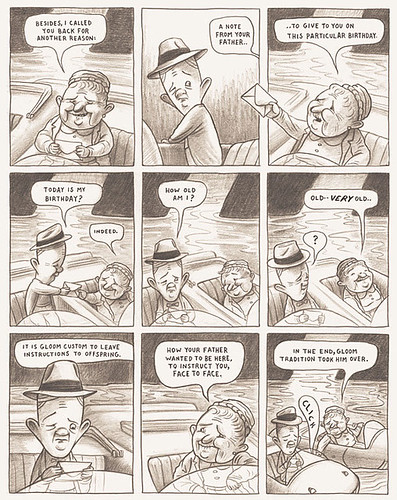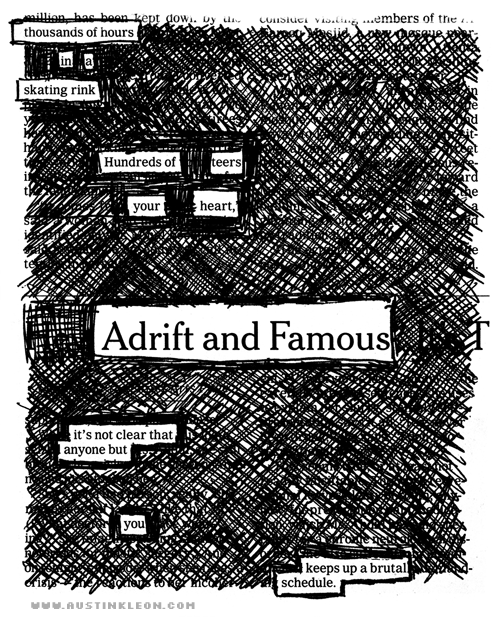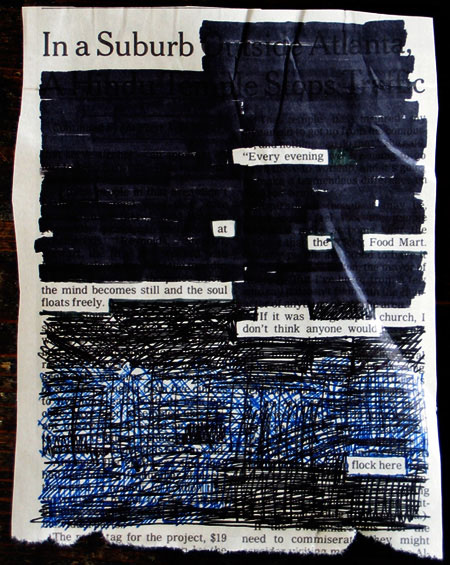I used to be a snob about the Harry Potter books. Meg devours them. She talked me into reading the first two, but I got sick of #3 after 90 pages of [in bumbling British accent] “Harry remembered his first year at Hogwarts when the blah blah blah blah blah…” and gave up on the series. “I’ll go see the movies,” I said.
Loved the Azkaban movie, thought Goblet was good, and Phoenix even better. (I still think a perfect Harry Potter movie would be directed by John Hughes, and it’d just be two hours of Harry, Hermione, Ron and the gang stuck in detention and talking about sex.
Ron: She’s a tease.
Hermione: I’m sure. Why don’t you just forget it.
Ron: Oh, you’re a tease and you know it. All girls are teases.
Harry: She’s only a tease if what she does gets you hot.
Hermione: I don’t do anything.
Luna: That’s why you’re a tease.
Ha! Anyways, I finally pulled the corncob out of my ass and read book #6 this week. And I loved it. I let go of my snobbery and loved it. Can’t wait to read #7 this weekend.
For other great posts on Harry and the gang, check out Maureen’s thoughts about it being a post 9-11 fairy tale, and Eddie Campbell’s thoughts and links.
Oh, and if you care what Michiko thinks…



